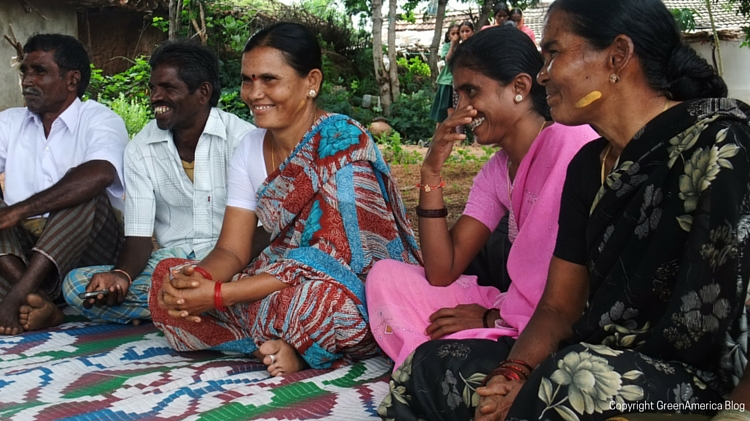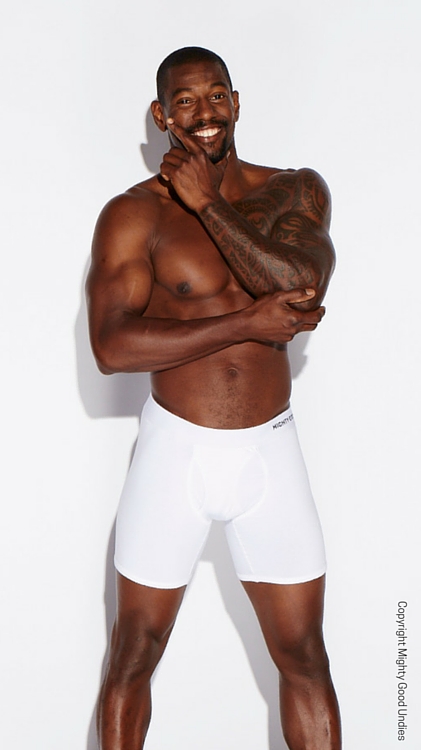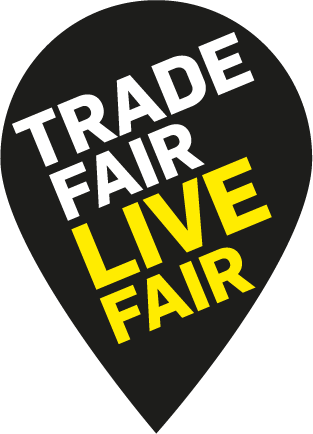Sheepskins and Knitting Yarn in the Outer Hebrides, Scotland.
The shipping forecast issued by the Met office at 11:30 UTC on Friday 27 January 2017. Northwest Hebrides, Bailey – Southeasterly 6 to gale 8, becoming cyclonic gale 8 to storm 10 then southwesterly 5 to 7 later. Very rough or high, becoming rough or very rough later. Rain then showers. Moderate or poor, becoming good.
January and February are always the toughest months in the Hebridean islands off the north-west of Scotland. For both humans and animals our resources and resilience are at their lowest point, the days are short and dark, the weather extreme and wild.
However, amongst all this there is still beauty and special moments of fiery sunrises, otter tracks to the shore and soaring golden eagles.
In 2015, I tentatively started The Birlinn Yarn Company from our family croft (small holding) at Sunhill on the small Hedridean island of Berneray in the Sound of Harris. We have lived here for the past twenty years, worked, renovated two properties and brought up two sons. We now produce deep luxurious sheepskins and a range of knitting yarn from our own fleeces and those we buy from neighbouring crofters.
Hebridean sheep, dark fleeced and horned, were originally brought here by the Vikings in their long boats around 800 A.D. Overtime the long boats, built for long distance sea voyages were adapted for inter-island travel and became the Hebridean galley or Birlinn. Hence the brand name Birlinn Yarn, what’s more they are still ‘seafaring sheep’ as we take them to and fro from the islands by boat.
Supporting and maintaining traditional crofting (small scale agricultural) practice, which has maintained equilibrium and respect for the ecology for hundreds of years, is very import to our business ethos. We use seaweed to fertilise our crops, keep stock to low intensive levels and every activity or action is measured against the impact to the environment.
Our agricultural activities are set mainly by the rhythms of the weather and seasons. Our sheep lamb on the croft, then once the lambs are strong enough we take them all to the islands for summer grazing. Here they graze on a wide variety of plants, including seaweed, a bit like trying to attain our 5/day fruit and veg – resulting in a good healthy diet.
In July, we return to shear all the sheep on the islands. We choose a good forecast, wait for a crowd of cousins to come up on holiday to help out and it always turns out to be a long, hard but very enjoyable day.
In the autumn the ewes are brought back to the croft to meet their boyfriend (the tup) and then they spend the winter months grazing on the machair (raised beach) to the West of the island. And so the cycle continues …
Amongst many other activities, I am also a practicing visual artist http://www.megrodger.com with an exhibition currently showing at Taigh Chearsbhagh Museum & Art Gallery in Lochmaddy, North Uist. While my current fascination is working with the wind to generate drawings, I am always taking note of the wonderful range of colours we have in the Hebrides.
Thus, just this week, I have launched a new organically dyed knitting yarn range reflecting the subtle tones and shades of the Hebrides. Our ecosystems here are as much Highland as Island given that our habitats range from moor, to machair, shore and sea. In relatively short distances, you can encounter gliding golden eagles, wild orchids, playful otters and roaring Atlantic breakers on the shore.
This range of organic dyed yarns have been produced as a unique and small batch to complement out natural yarns. By over-dying a blended yarn this has given the colours both texture and depth. The yarns come in four colours: Sgeir – Reef, Còinneach – Moss, Monadh – Moor and Duileasg.
What next? Well, I hope this year to work with a knitwear designer who understands our ethos and brand to develop knitting patterns incorporating both the Norse and Hebridean heritage of our sheep and islands.
In the meantime, why not take a look at our website, be tempted and knit yourself a wee bit of the Scottish Hebrides.
http://www.birlinnyarn.co.uk
https://twitter.com/BirlinnYarn
https://www.facebook.com/BirlinnYarn/
So what does community based political organisation (i.e. the kind that got Obama elected) and The Fashion Revolution have in common? Actually much more than you’d think.
The strength of Fashion Revolution Day is that it is a movement made up of hundreds and thousands of people each telling a story — of how garment workers and farmers made our clothes, of our deliberate decision to support conscious fashion and our collective efforts to spread more ethical practices.
Most often we are talking to each other — which is a good thing — but a key outcome of Fashion Revolution is, and should continue to be, getting other people to join us (a.k.a ‘growing the movement”) in transforming the fashion industry. But what is the most effective way of doing that?
I don’t come from a fashion background and so my entry into the eco-fashion world is rooted firmly in my training as an academic and as an activist. And as an activist, I bristle, alongside everyone else reading this blog, at the continued love affair our society has with cheap fast fashion. We all know the story. And the excuses.
So when we come across these pro- ‘Fast Fashion’ arguments from our friends and family and co-workers, what do we do? Turns out, the big “P” political movement (i.e. the ones that get people elected to parliaments) have a wealth of tools that can help us, as Fashion Revolutionaries, to start to break down these ‘Fast Fashion’ arguments. Chief among them is something called “the story of self”.
Let me explain.
Progressive political campaigners in their work argue that you can no longer win people over by presenting them with facts and figures. Facts and figures are still important, but they are not enough. Rather, we win people over by tapping into their core values and showing how these values can be expressed by joining in our Movement. And the most effective way of doing that, is by expressing our core values and engaging people on the story of why we are involved.

Ever been motivated into action by thinking “What if that was my child working in the factory?” or “how would I feel if my workplace was unsafe” or “what if that river was the source of my drinking water?” Then you already know what I am talking about.
Usefully, campaign theory (yes, there is such a thing!) gives us a neat little template, which we can use to tell a story about our ‘conversion’ to eco-fashion and, through this, engage people in a story that links the Fashion Revolution with the values important to them. It is about telling your story of why you are involved and it goes something like this.
- First, describe a challenge that you came across in the fashion industry that really motivated you to act. Did you look at the huge amount of waste in the fashion industry and think there has to be a better way? Or did you read the child labor statistics and think “what if that was my child”? Did you look at the water pollution from garment factories and thing I wouldn’t want to drink that?
- Second, describe your response to the challenge you saw. What choice did you make once your knew about the challenge? What different path did you see? Did you decide to cut back on your clothing purchases? Did you switch to upcycled/recycled/second hand or ethically made clothes? DId you learn how to repair your old clothes? Did you join Fashion Revolution (answer: yes!)
- Finally, provide the person you are talking with an opportunity to act — ask people to do something. Something small, this is not the time to overwhelm them with the challenge we face, but just something to get them started on making better clothing choices. For example, you could ask them to read the stories on the Fashion Revolution website.
See what you’ve done? You’ve described a situation that challenges an important universal and relatable value (desires to minimise environmental stress, prevent child welfare, or ensure clean drinking water), described how you changed (the person everyone can relate to because they are your friend, family or co-worker) and provided a template for your audience to follow suit.
You’ve provided motivation for change and a path forward to do so. And it shouldn’t take long – the whole story from start to finish should be about 2-3 minutes max.
If you want to explore more about this tool, and many others, Wellstone is a goodplace to start.
So, that’s the theory.
What does it look like in practice? Check out my story.

The story of my eco-fashion underwear brand Mighty Good Undies, started with my visit to India. I knew the facts and figures of the cotton industry and the potential benefits of certified organic and Fairtrade cotton, but at that stage it was all rather cerebral.
But it was only when I was sitting in the fields with the farmers from a Chetna Organics cooperative did I really get it: these people wanted to grow and sell organic cotton because organic farming meant they didn’t get sick all the time. And I realised ‘what if it was me getting sick at work?” Wouldn’t I want to change that?
And then the farmers added the kicker: many farmers wanted to join Chetna Organics but their ability to convert to organic cotton was limited by the demand for their product.
Well, I was hooked.
At that moment, I made a choice that I need to find ways to grow markets for organic and Fairtrade cotton so that more farmers, and more workers in Chetna’s production partner Rajlakshmi Cotton Mills, can get the benefits of this alternative form of trade and production*.
As the song says “From little things, big things grow…”
Happy Fashion Revolutionising
Hannah, Co-founder, Mighty Good Undies
* Okay, so starting a new ecofashion brand is probably not an option for most people, so you may want to start off with some of the brilliant suggestions in the book “How to be a Fashion Revolutionary” from the Fashion Revolution Website.
Kilomet 109 là một nhãn hiệu tại Hà Nội được biết đến với việc sử dụng các kỹ thuật nhuộm tự nhiên và vải hữu cơ. Nhà thiết kế Vũ Thảo đã cộng tác với các nhóm dân tộc thiểu số vùng núi phía bắc Việt Nam, kết hợp chất liệu và các kỹ thuật trang trí truyền thống của họ vào thiết kế của cô. Những chân váy lụa thô nhuộm cà phê tuyệt đẹp, những tấm áo cánh được thiết kế từ những tấm the đen với những đường trang trí khâu tay tỉ mỉ, hay những chiếc áo khoác trần bông ấm áp nhuộm củ nâu trong bộ sưu tập hiện đang có mặt tại Hà Nội và cả Berlin, bao gồm ADDEERTZ (http://www.addeertz.com/)
“Các thiết kế của tôi bị hối thúc bởi những vấn đề môi trường và ý thức trách nhiệm xã hội. Tôi muốn hỗ trợ các doanh nghiệp nhỏ và thợ thủ công địa phương; góp sức để giữ gìn và duy trì các chất liệu và các kỹ thuật truyền thống. Tôi luôn nỗ lực để nói chuyện với thế giới thông qua quần áo của tôi bằng cách kể những câu chuyện đằng sau chúng như: ai đã làm ra chúng, chúng làm như thế nào,có những gì ở trong mỗi chúng…. ”
Sử dụng các cách thức nhuộm tự nhiên và chất liệu thân thiện với môi trường, nhóm người Nùng, Dao Tiền vàThái Mường đang cung cấp một nguồn ổn định vả bông, gai, tơ cho dòng sản phẩm bền vững của Thảo.
Ở Việt Nam, các bộ sưu tập kilomet 109 được trưng bầy tại Module 7, #83, Xuân Diệu, Tây Hồ, Hà Nội. Kilomet109
Kilomet 109 is a Hanoi-based label known for its use of natural dyes and organic textiles. Designer Thao Vu collaborates with ethnic minority textile producers from the mountainous region of northern Vietnam, incorporating their textiles and traditional techniques into her designs. Her stunning coffee-dyed raw silk skirts, upcycled vintage fabrics and hand-finished pieces, or comfy yam dyed hand-quilted hoodies are found in the collection which is available in stores across Berlin, including http://www.addeertz.com/

“My work is motivated by environmentalism and a sense of social responsibility. I want to help small businesses and local artisans; help to keep traditional textiles and techniques alive. I try to speak to the world through my clothes by telling the stories behind: who made them, how they are made and what’s in them.”
Using natural dyes and organic fabric, the Nung, Coin Yao and Thai Muong people supply Thao with a steady supply of cotton and hemp for use in her Sustainable Line.
In Vietnam, the Kilomet 109 collection can be purchased at Module 7, 83, Xuan Dieu st, Tay Ho, Ha Noi http://module7design.com/












